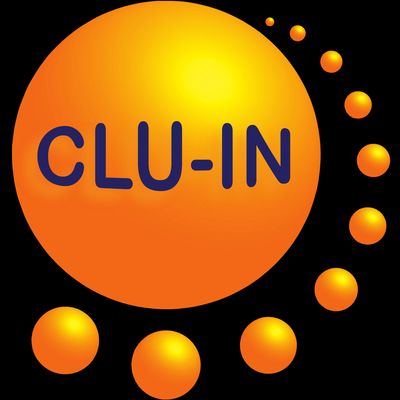Since 1998, The Contaminated Site Clean-Up Information (CLU-IN) website has presented Internet Seminars covering a wide variety of technical topics related to hazardous waste characterization, monitoring, and remediation. For select seminar topics offered since 2012, we are making complete video recordings available through our archives. This feed contains all video seminars archived in the last 12 months. For a complete list of seminars archived since 2000, please visit http://www.clu-in.org/live/archive/. Our Rehabilitation Act Notice for reasonable accommodation is available at http://www.clu-in.org/training/accommodation.cfm. CLU-IN was developed by the U.S. Environmental Protection Agency (EPA) but is intended as a forum for all waste remediation stakeholders. For more information and to view upcoming live offerings, please visit http://www.clu-in.org/live/. For a complete list of RSS feeds available on CLU-IN, please visit http://www.clu-in.org/rss/about/.
http://www.clu-in.org/live/archive
An Environmental Cold Case Detective Story: Discovery and Repair of the Soil Cover on the Cell 3 Landfill (Apr 28, 2021)
The Society of American Military Engineers (SAME) Denver Post and Philadelphia Post along with the US Environmental Protection Agency (EPA) are hosting a series of webinars based on talks given at recent Design and Construction Issues at Hazardous Waste Sites (DCHWS) Symposiums. The mission of the DCHWS symposiums is to facilitate an interactive engagement between professionals from government and the private sector related to relevant and topical issues affecting applications of engineering and science associated with cleaning up hazardous waste sites. The symposiums also serve as a platform to facilitate the exchange of information, encourage dialogue, share experiences, and build and enhance communication among design and construction professionals. This presentation will review work conducted at Landfill Cell 3 on Closed Sanitary Landfill (CSL) at Fort Meade. During activities to remove some waste soil piles in 2013, test pits uncovered general wastes under a plastic liner and it was realized that Cell 3 was a waste site in the past that, based on old figures and aerial photographs, extended for over 38 acres. A remedial investigation was conducted that summarized the landfill history, delineated the boundary of the cell, and assessed environmental impacts from the cell. This case study begins with discovery and planning the performance-based contract, it includes review of the various phases of site investigations and concludes with the construction of the landfill cover. This work was performed while active soil staging operations occurred on the majority of Cell 3. Critical to success was that Cell 3 was closed in 1976 with a 2-ft soil cover prior to 1988 when MDE altered the requirements for landfill closure. With the numerous entities involved and evolving site conditions, active project team management was required including reducing the scope of the landfill cover 85%, from 38 acres to 6.2 acres to accommodate ongoing soil staging operations on the remainder of the cell. The team carefully applied state regulations that worked best by reusing and recycling available material and incorporating stable, established side slopes into the landfill cover design. One key to the success of this project was an adaptive contract to manage the evolving issues. As different construction projects on Fort Meade required more of the Cell 3 footprint for staging soils, the performance-based contract for the Cell 3 cover had to be modified. The contract allowed for segregation of the different regulator required documents and of the different portions of the field tasks, which allowed for an easier adaptation to these changing site conditions. To view this archive online or download the slides associated with this seminar, please visit http://www.clu-in.org/conf/tio/DCHWS14_042821/
